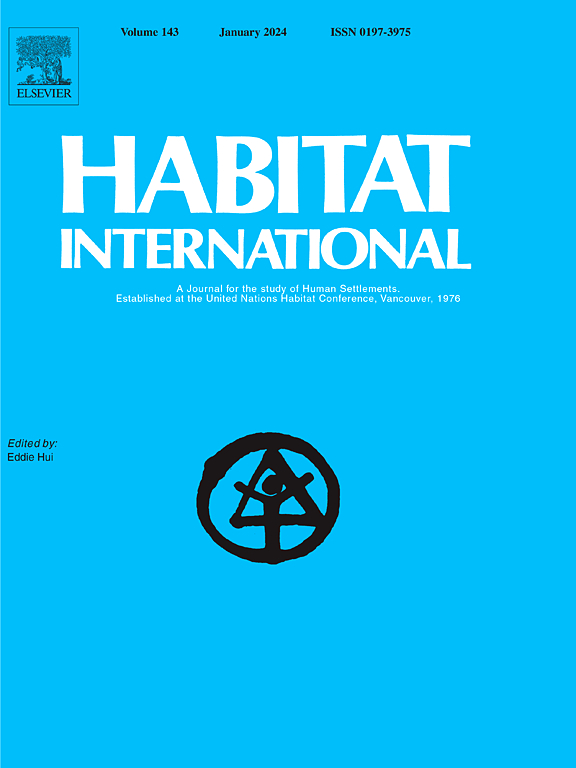Dynamic evaluation and obstacle factor diagnosis of rural human settlements quality in the Dabie mountains old revolutionary Base area under the background of rural revitalization
IF 6.5
1区 经济学
Q1 DEVELOPMENT STUDIES
引用次数: 0
Abstract
In a rural revitalization context, promoting the continuous optimization of rural human settlements (RHS) is exigent. This article discusses the logical relationship between the rural revitalization strategy and RHS, constructs an evaluation index system for RHS quality in the Dabie Mountains Old Revolutionary Base Area (DMORA), describes the spatiotemporal evolution characteristics of RHS quality in 47 counties (cities) of the DMORA from 2006 to 2021, reveals the interactions and coordinated development between various subsystems, and uses an obstacle degree model to identify the obstacle factors hindering the improvement of RHS quality. The results are as follows. (1) The overall level of the RHS quality index in the DMORA is not high, and it showed a continuous and stable upward trend from 2006 to 2021. However, the improvement speed of each county (city) is inconsistent, and regional differences are increasing. (2) From the perspective of each subsystem, during the research period, the quality index of rural production environment, rural living environment, and rural sociocultural environment showed an upward trend, and regional differences continued to increase. The rural ecological environment quality index showed a reduction in regional differences. (3) The degree of interaction between various subsystems of the RHS in the DMORA is gradually increasing, the level of coordinated development is slowly improving, and regional development is gradually balanced, but the overall level remains low. Therefore, it is necessary to further promote the coordinated development of various subsystems. (4) Per capita electricity consumption of rural residents; agricultural output value per land; proportion of output value of agriculture, forestry, animal husbandry and fishery services; per capita total output value of rural agriculture, forestry, animal husbandry, and fishery; and afforestation area are the main obstacle factors affecting RHS quality, and they are also the objects that need to be focused on and regulated. The research results have not only enriched the theoretical achievements regarding RHS research to a certain extent but also provided decision-making support for promoting the improvement of RHS quality in the DMORA.
求助全文
约1分钟内获得全文
求助全文
来源期刊

Habitat International
Multiple-
CiteScore
10.50
自引率
10.30%
发文量
151
审稿时长
38 days
期刊介绍:
Habitat International is dedicated to the study of urban and rural human settlements: their planning, design, production and management. Its main focus is on urbanisation in its broadest sense in the developing world. However, increasingly the interrelationships and linkages between cities and towns in the developing and developed worlds are becoming apparent and solutions to the problems that result are urgently required. The economic, social, technological and political systems of the world are intertwined and changes in one region almost always affect other regions.
 求助内容:
求助内容: 应助结果提醒方式:
应助结果提醒方式:


